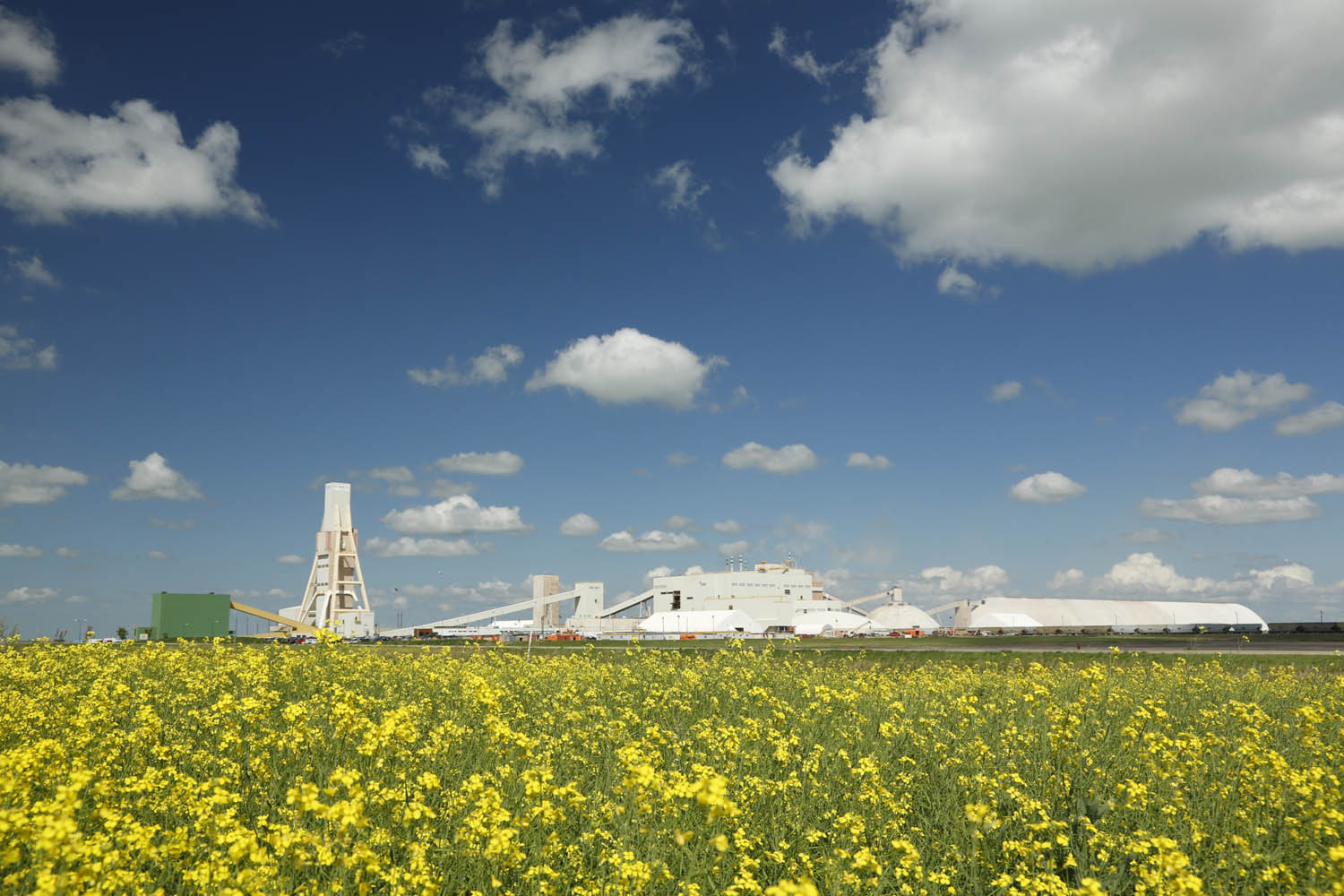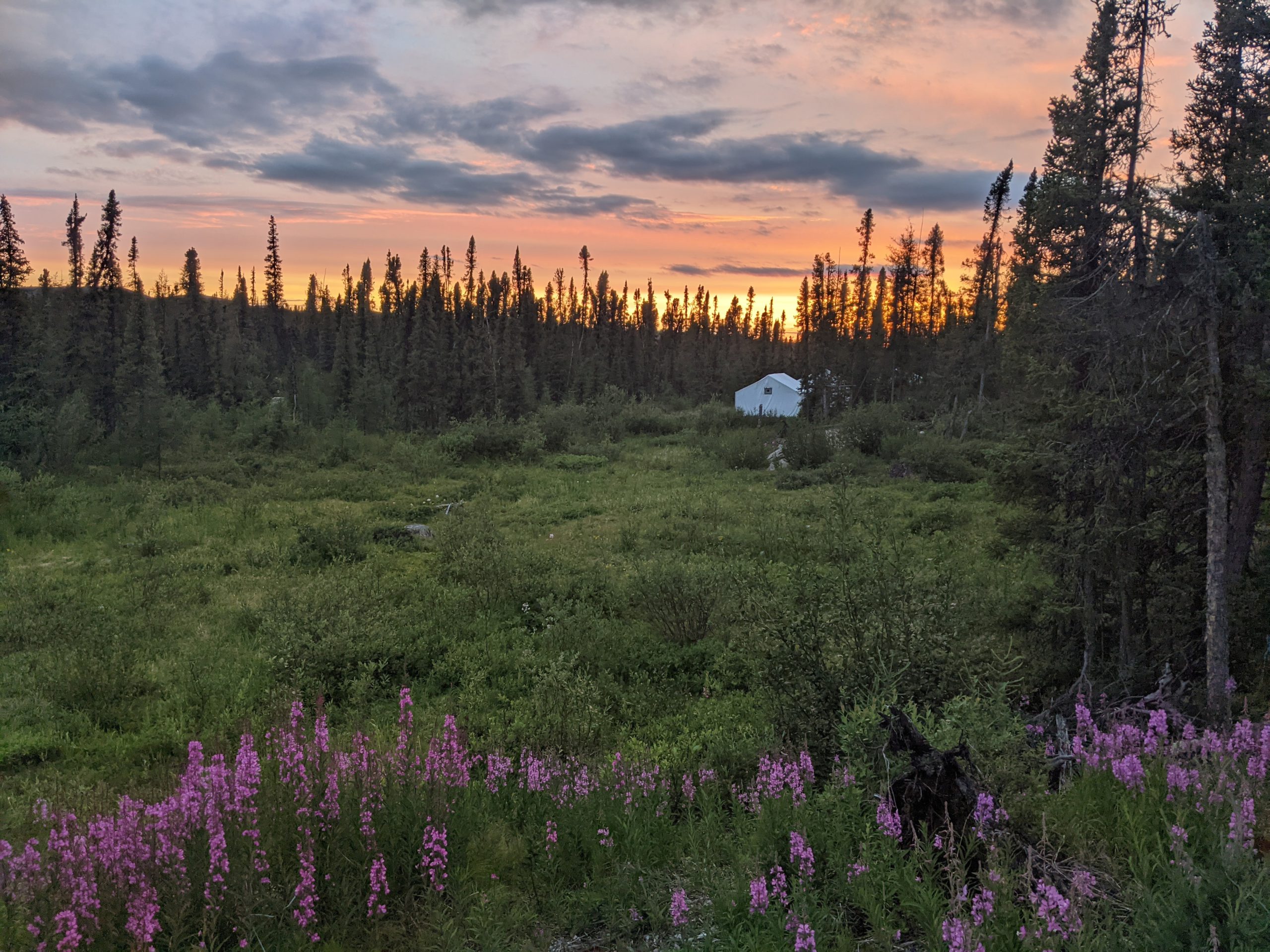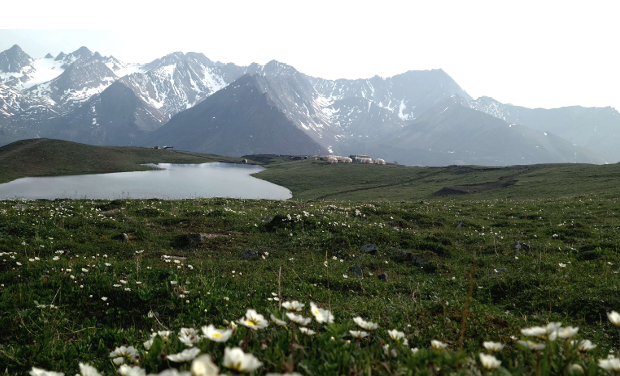Red Metal Gets Hot Reception
Copper may end up on some “hot” lists thanks to its popularity with thieves but there’s certainly nothing criminal about how Copper Mountain Mining is stealing headlines around the world now that its Copper Mountain Mine has gone into production
With copper gaining in popularity but declining in supply, the demand for the “red metal” is increasing around the world, particularly in developing countries where copper wiring is essential to future electrification projects.
In fact, China wants between 35% and 45% of what the world’s copper producers are capable of supplying (North America wants only about 10%) so right away, Copper Mountain Mining’s current resource of approximately 5 billion pounds of copper looks pretty inviting.
From its 18,000 acre mine site located 20 km south of the Town of Princeton in southern British Columbia, the Copper Mountain project is now on schedule to produce approximately 100 million pounds of copper per year with gold and silver as by-product metals.
The $438-million mine, owned by Copper Mountain Mining (75%) and Mitsubishi Materials Corporation (25%), is an open-pit porphyry structure with an expected mine life of 17 years. At full production, the mine will employ 272 personnel and with an indirect job creation multiplier of 4 to 1, the mine could create over 1000 indirect jobs. The Town of Princeton is in accordance that the mine will benefit the community at large and it is extremely popular with the local residents.
As mentioned earlier, the mine is a massive resource and over the current mine life plan, it will produce 1.47 billion pounds of copper, 452,000 oz of gold, and 4.5 million ounces of silver. The proven and probable mineral reserve aggregate is 211.1 million tonnes, averaging 0.36% Cu containing 1.7 billion pounds of copper (as of mid-2009). The mineral reserve is part of the resource included in the open pit plan framed by Hatch and is based on economic cut off grade of 0.15%.
Measured and indicated resources total 518.6Mt grades at 0.31 % Cu while inferred resources have been estimated at 390.7Mt grading at 0.23% Cu for a combined total of 5 billion pounds of copper.
Like most projects of this magnitude, a great deal of exploration and drilling took place long before the first shovel went into the ground. In fact, Copper Mountain Mining worked on a three-pronged exploration strategy involving initial targets, secondary targets, and finally deep porphyry targets.
Initial targets included testing historical resources with the existing pits and the areas between 1, 2 and 3 in the saddle zone area.
The second set of targets included Virginia, Mill Zone, Alabama deposit, Oriel deposit, Voigt Zone and in Alabama and Copper Mountain Trends.
The deep porphyry targets included Deep Penetration Titan 24 Geophysical survey which had been completed assisting deeper exploration for underground zones of higher grades.
The deposit at the mine site is classified as an alkali porphyry copper deposit with a gold admixture. It is part of a northerly trending Mesozoic tectonostratigraphic terrane known as Quesnellia.
Technically, the major rock formation of Quesnellia is late Triassic Nicola group. This group of rocks has a stratigraphic thickness of approximately 7.5 km and for a 25 km-wide band extending from the Canada/US border north to beyond Kamloops Lake.
Drilling initially started at the site in January 2007 and focused primarily on providing additional verification of historical drill data and testing between the existing open pits which confirmed the continuity of mineralization between pits resulting in a super pit. At the end of the year, Copper Mountain Mining reported on the Titan deep 24 penetration geophysical survey on a 13 km2 area over existing pits, and concluded that there was a continuity of mineralization between the pits and at depth.
A total of about 106,000 m of drilling was completed in 2008. The focus was to determine a new merged pit known as “super pit” which is wider and deeper than originally planned to access additional mineralization at depth.
2010 was a year of merit for the company, as it got its permit from the Government of BC on April 1, 2010 to proceed with construction as well as in May 2010 closed the necessary debt financing for the project in the amount of $322 million, to complete construction.
With the “super pit” clearly defined, Copper Mountain Mining moved forward by stock piling ore as part of preproduction mining activities in November of 2010. A coarse ore stock pile of more than 190,000 tonnes of mill feed was crushed in the company’s new on-site primary crusher and moved by an overland conveyor system until early June 2011 when the mine’s new mill was commissioned.
Power to the mill was supplied through a power extension from an existing 138kV power line. The source is also being used to power pit shovel and drills at the mine.
In terms of mining equipment, a project of this scale required a huge fleet of machines totaling over $85 million. The fleet includes two Komatsu PC 8000 hydraulic shovels, being used as the main loading units in the mine, a total of 13, 240-ton haul trucks moving about 160,000 tonnes of material per day, and a Komatsu WA 1200 front-end loader as a backup loading unit, as well as a fleet of support equipment.
As for the new processing plant itself, it is a conventional crushing, grinding and flotation processes designed for a nominal throughput of 35,000 tpd The grinding circuit consists of 1, 36-foot diameter SAG mill, followed by 2 parallel 24-foot diameter ball mills. All three mills are equipped with dual-drive 8,500 horse power motors. These motors are unique to the copper Mountain Mine because although they are identical, they can operate at variable speeds. That means they are more flexible than conventional motors and will help to optimize production in the mill.
The plant is a standard float circuit that will produce a copper concentrate which will be trucked from the mine to Vancouver daily, and shipped to Japan for treatment and refinement on approximately a monthly basis. The mine plan focuses on mining and milling the higher grade ore first, with lower grade material being stockpiled for processing later on in the mine life. The facility is designed to operate 24 hours per day, 365 days per year. In the first 12 years of the mine’s life, it is forecast to produce 105 million lbs of copper per year, 27,000 ounces of gold and 330,000 ounces of silver, making it the third largest copper mine in Canada; not bad for a company that just started some four-and-a-half years ago.
Western Copper’s new mine is off to a great start. Its site offers the company room to grow and its aggressive business plan says that’s exactly what it will do through continued exploration, mergers and acquisitions. It looks like Western Copper Mining will be making headlines for many years to come.





Comments